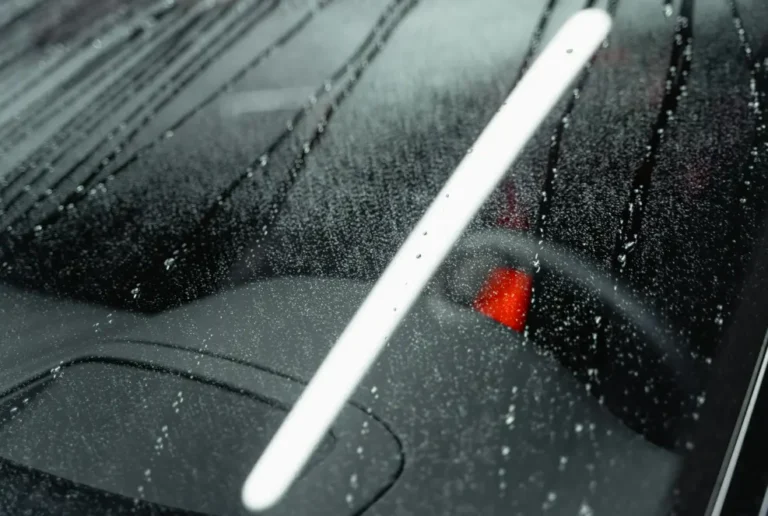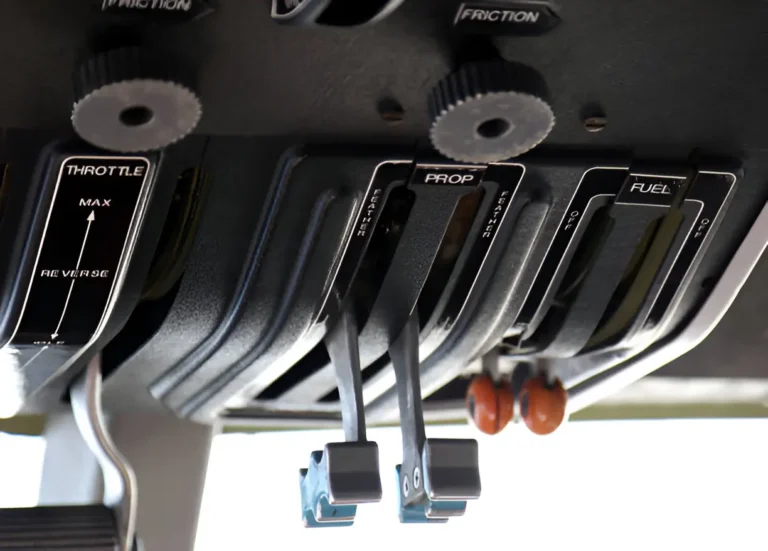Shaping the Future: Custom Mould Innovations for Insert Injection Challenges
Insert injection molding has transformed how modern components are built — making it possible to embed metal, ceramic, or even electronic parts directly into molded plastic structures. This process saves time, reduces assembly steps, and creates more durable, lightweight, and high-functioning parts. But as part designs become more advanced, the challenges in insert molding grow more complex. To meet these demands, custom mould makers are stepping up with new tooling innovations that push the limits of what insert injection can achieve.
Whether you’re working in plastic injection mold manufacturing, silicon injection molding, or any hybrid application in between, today’s success depends heavily on the quality and customization of the mould.
Meeting Complexity Head-On
Modern insert-molded parts often involve intricate geometries, tight tolerances, and mixed materials. These factors can lead to insert misalignment, material flow issues, and warpage — all of which affect product performance and yield.
That’s where custom mould innovations make the difference. By tailoring every feature of the mould — from gating and cooling systems to insert retention and ejection — manufacturers can achieve higher quality, faster cycle times, and less scrap.
Example: Automotive Sensor Housing with Metal Inserts
A leading automotive supplier faced challenges producing a compact sensor housing with embedded brass pins. The part required exact positioning of each insert, strong bonding, and zero flash — all within tight cycle times to meet high-volume output.
The custom mould maker developed a dual-cavity mould with:
- Precision-aligned insert loading stations
- Custom cooling channels to reduce part shrinkage
- Controlled gate locations to direct flow evenly around inserts
The result: First-pass yield improved by over 25%, and overall production efficiency increased by 18%. More importantly, the company avoided costly rework and improved long-term product reliability.
Advancements in Insert Retention Systems
One of the toughest challenges in insert injection molding is holding the insert steady during injection. With pressures reaching thousands of psi, any shift can lead to misalignment, voids, or weak joints.
To solve this, mould makers are integrating:
- Magnetic and vacuum-assisted insert holders for metallic parts
- Mechanical clamps or undercuts designed into the cavity
- Sensors to verify insert placement before each cycle begins
These retention features are often custom-designed for the insert shape, material, and orientation — ensuring that each component stays exactly where it should be during the entire molding process.
Example: Wearable Medical Device Housing
A startup in the medtech space needed to produce a wearable sensor housing with embedded flexible electronics and silicone gaskets. Traditional moulds couldn’t accommodate the delicate inserts or the dual-material overmolding.
The custom solution:
- A modular mould with interchangeable cavities for each insert type
- A rotating core to allow two-stage molding (rigid plastic + silicone)
- Insert-detection sensors linked to the injection system
This level of customization enabled the team to produce functional, waterproof housings that passed FDA usability and durability tests — and kept their product launch timeline intact.
Material-Driven Innovation
Insert molding is no longer limited to just rigid thermoplastics and metal inserts. More applications are now using flexible materials, biocompatible polymers, and temperature-sensitive components — especially in fields like medical, electronics, and wearable tech.
For example, silicon injection molding has opened the door to embedding sensors or wires into flexible parts like seals, buttons, and medical tubing. But silicone behaves differently from other plastics, with higher cure times and sensitivity to surface conditions.
To address this, custom mould makers are developing:
- Specialized surface finishes for better silicone flow and release
- Insulated or zoned heating elements for uniform curing
- Precision-machined cavities to maintain form under low-pressure fill
These innovations ensure that even complex parts with soft materials and embedded inserts can be molded reliably at scale.
Example: Smart Appliance Button Assembly
A home appliance brand needed to mold a translucent silicone button with a metal backing for tactile response and embedded LED placement. Traditional tooling couldn’t provide both the clarity and the functional integration.
The custom mould included:
- Polished optical-grade cavity surfaces
- A steel core with fine undercuts to hold the insert
- Secondary overmold stage for sealing around the LED
With this approach, they produced a part that looked sleek, felt tactile, and performed under repeated use and temperature cycles — something not possible with off-the-shelf tools.
The Road Ahead
Custom mould innovation is no longer a luxury — it’s a requirement for staying competitive. As insert injection molding becomes central to how products are designed and built, tooling must keep pace.
From high-volume automotive parts to niche medical devices and next-gen electronics, the value of investing in well-engineered, application-specific moulds continues to grow. Whether the challenge is insert retention, multi-material molding, or precision tolerance control, a forward-thinking custom mould maker becomes a true development partner.
For manufacturers working in plastic injection mold manufacturing or exploring advanced options like silicon injection molding, the key to success lies in choosing tooling that’s not just built — but built smart, from the ground up.
When the mould is right, the part works. When the mould innovates, the product succeeds.
Also Read-Understanding Digital Twin Technology: Revolutionizing the Digital and Physical Worlds






